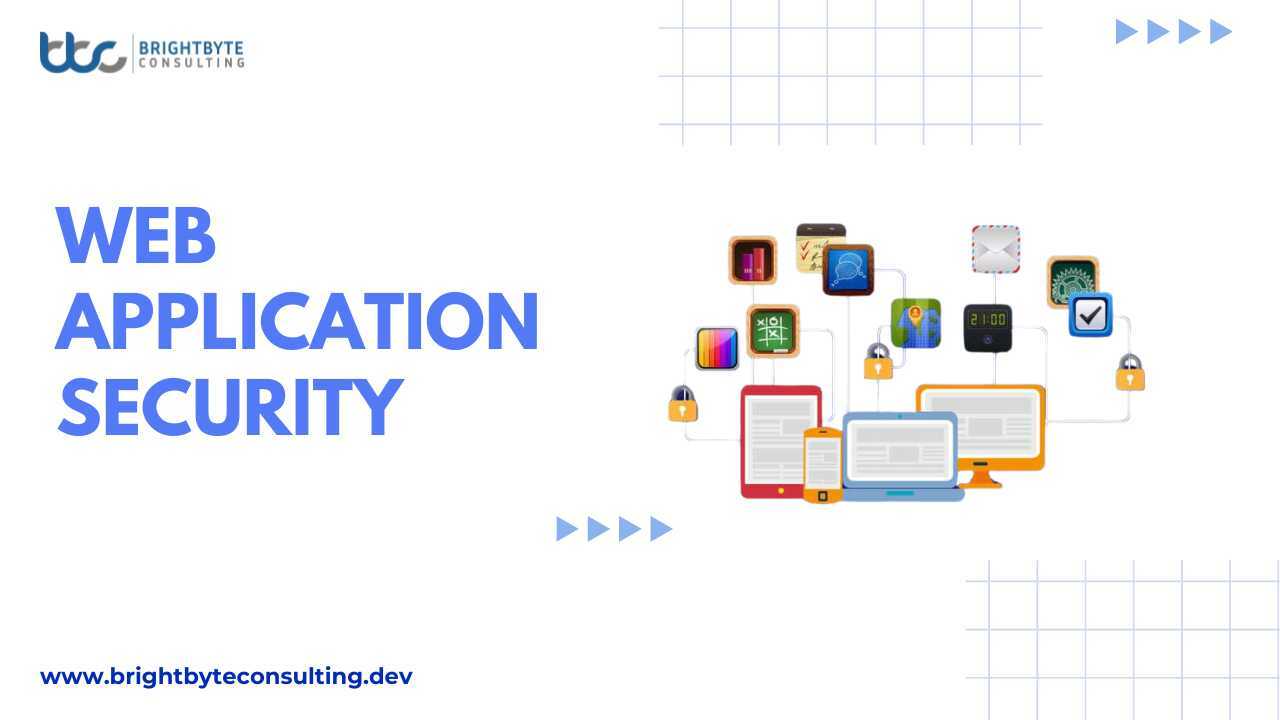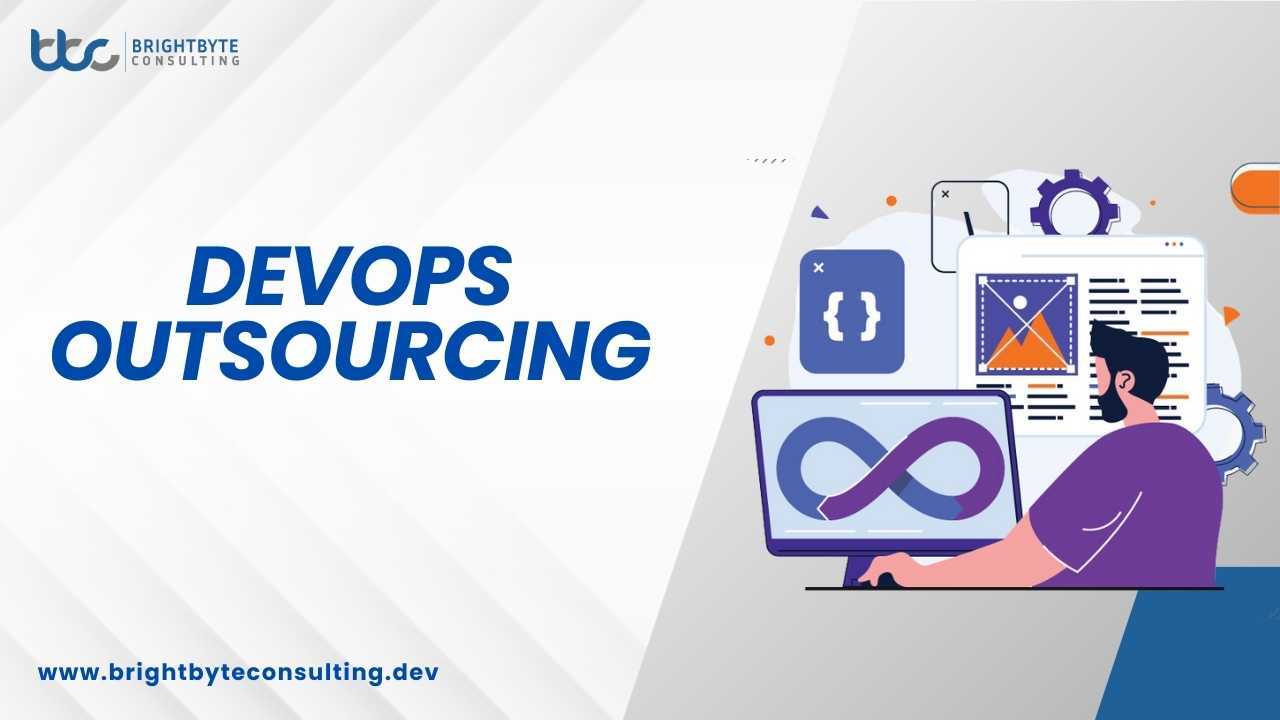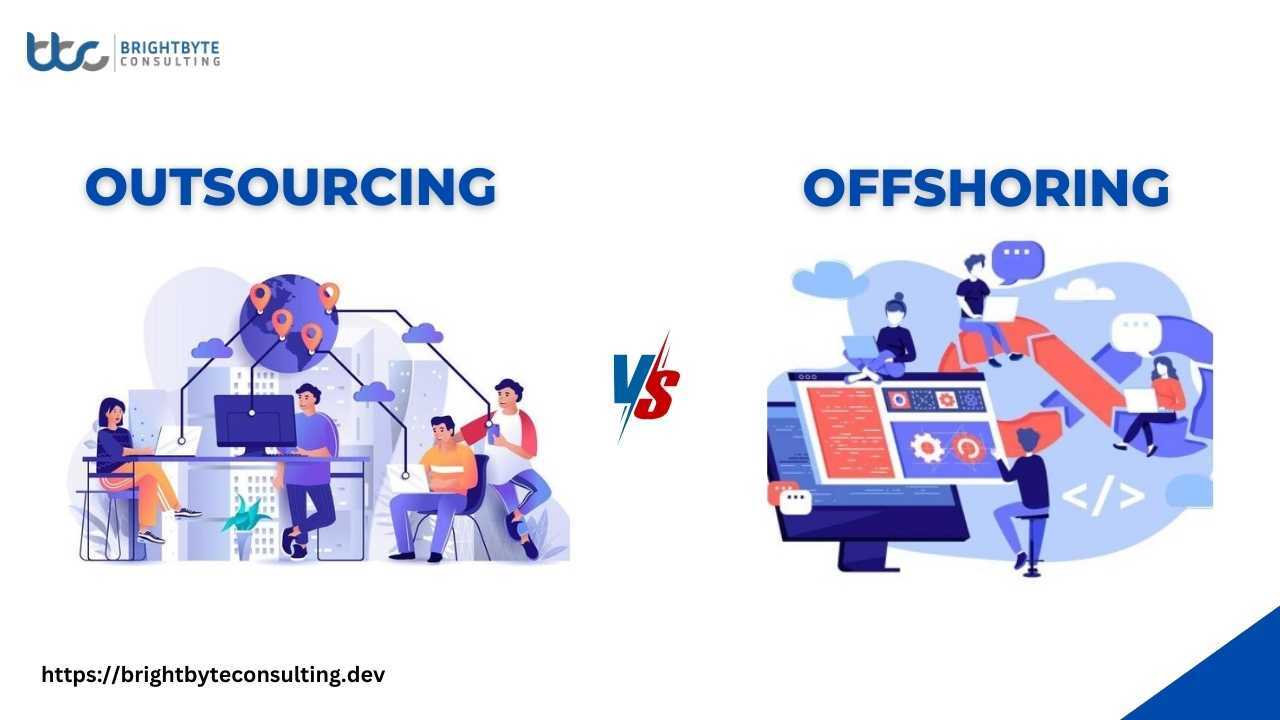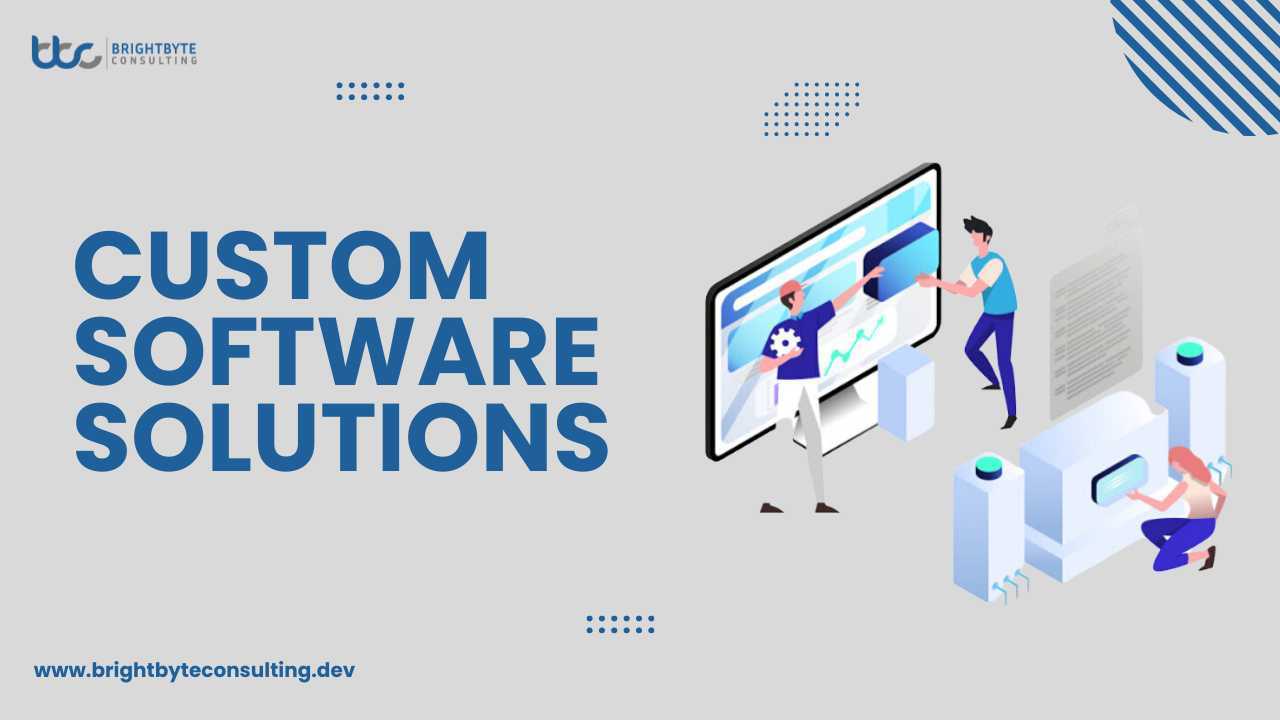In today’s rapidly evolving digital landscape, cyber threats continue to pose significant risks to organizations and individuals alike. As cybercriminals become more sophisticated, it’s crucial to stay ahead of the curve by leveraging the latest cyber security tools and technologies.From advanced threat detection systems to robust encryption methods, let’s explore some of the cutting-edge solutions that are shaping the future of cyber security.
What Are Cyber Security Tools?
Cybersecurity tools are like digital bodyguards that keep an eye on your computer or network to spot any potential security threats. They help protect your online privacy and security by warning you about risks as soon as they’re detected. These tools are crucial for defending against cyber-attacks like data breaches and hacker intrusions. They also guard against cybercrime, such as stealing passwords and identities. Think of them as your digital security team, working behind the scenes to keep you safe online.
Importance of Cyber Security
- Protecting Critical Assets: Organizations rely heavily on information technology (IT) to safeguard critical assets such as intellectual property, brand reputation, and customer data.
- Incident Detection and Response: Effective cybersecurity measures require automated incident detection and response mechanisms that encompass people, technology, and processes.
- Reputational Risks: Data breaches can lead to reputational damage, causing customers to lose trust and potentially switch to competitors, resulting in financial losses, legal liabilities, and damage repair efforts.
- Financial Impacts: The average cost of a data breach in the USA, as reported by the Ponemon Institute’s Cost of Data Breach Study, is $8 million, highlighting the significant financial consequences of cybersecurity incidents.
- Legal Obligations: Governments worldwide impose legal obligations on organizations to protect customer and user data from unauthorized access or disclosure, with regulations like CCPA, HIPAA, GDPR, and PCI DSS outlining stringent requirements for data protection.
- Compliance and Regulations: Compliance with industry and state regulations is essential to ensure adherence to cybersecurity standards and mitigate legal risks associated with data breaches.
5 Best Cyber Security Tools of 2024
Sprinto
Sprinto is a comprehensive cybersecurity and compliance automation tool designed to ensure airtight security across various functions. It conducts fully automated checks at granular levels to identify and remediate security gaps effectively.
| Key Features | Description |
| Continuous Control Monitoring | Real-time monitoring of critical infrastructure to ensure the implementation of controls like firewalls, encryption, and antivirus software. |
| Access Controls | Create, edit, and manage user access privileges to prevent unauthorized access to sensitive data and systems. |
| Vulnerability Assessments | Conduct vulnerability assessments to identify and prioritize potential security weaknesses and risks. |
| Endpoint Security | Manage and report on the safety of endpoint devices using Sprinto’s built-in Mobile Device Management (MDM) tool, Dr. Sprinto. |
| Health Dashboards | Verify the security and compliance health of the organization from a centralized dashboard, providing a quick snapshot of passing, failing, due, and critical checks. |
| Security Awareness Training | Publish built-in security awareness training materials across the organization to promote security best practices among employees. |
| Policy Templates | Utilize out-of-the-box policy templates to navigate complex security and compliance operations efficiently. |
| Evidence Collection | Automatically collect security compliance evidence and present it to auditors through the audit dashboard. |
Additionally, Sprinto supports over 100 integrations with various cloud providers, ticketing systems, HRMS tools, and more. By obtaining audit-related read-only permissions from these products, Sprinto automatically creates a list of assets and conducts control checks 24×7, ensuring continuous vigilance and maintaining the confidentiality, integrity, and availability of sensitive data.
Kali Linux
Kali Linux stands out as one of the most popular and versatile cybersecurity tools available, renowned for its extensive arsenal of over 300 tools used for monitoring networking systems for vulnerabilities. Its flexibility makes it an indispensable asset for companies of all sizes, catering to experts with varying levels of proficiency.
| Key Features | Description |
| Compatibility | Kali Linux is compatible across multiple devices and environments, ensuring seamless integration into existing systems. |
| Open-Source | As an open-source product, Kali Linux offers transparency and flexibility, allowing for customization and easy integration with other tools and platforms. |
| Security Auditing | Kali Linux excels in security auditing, with a focus on penetration testing, enabling organizations to identify and address vulnerabilities effectively. |
| Community Contributions | With contributions and developments from a massive community of users, Kali Linux benefits from continuous improvement and innovation, ensuring it remains at the forefront of cybersecurity tools. |
Cain and Abel
Cain and Abel stand as stalwarts among cybersecurity tools, offering robust capabilities to identify weaknesses in Windows systems and aid in password recovery.
| Key Features | Description |
| VoIP Communication Recording | Cain and Abel can maintain records of VoIP (Voice over Internet Protocol) communications, enabling monitoring and analysis. |
| Routing Protocol Analysis | Analyze routing protocols to assess the potential compromise of routed data packets, enhancing network security measures. |
| Password Recovery | Cain and Abel can reveal password boxes and cached passwords, aiding in password recovery processes for Windows systems. |
| Force Attacks | Utilizes force attacks to crack encrypted passwords, providing an effective means of accessing protected information. |
| Password Decoding | Capable of decoding scrambled passwords, facilitating access to secured accounts and systems. |
Wireshark
Wireshark stands as a powerful open-source console-based tool utilized by cybersecurity professionals to analyze network protocols, enabling the assessment of network security weaknesses through continuous data packet capture and analysis.
| Key Features | Description |
| Compatibility | Wireshark is compatible across various platforms, including Windows, Linux, OS X, and FreeBSD, ensuring broad accessibility. |
| Open-Source Architecture | With an open-source architecture, Wireshark offers flexibility and ease of integration, allowing for customization as needed. |
| Real-Time Analysis | Data captured by Wireshark is analyzed in real-time, enabling immediate insights into network traffic and potential vulnerabilities. |
| Decryption Protocol Support | Supports multiple networks and various output formats, with decryption protocol support enhancing data analysis capabilities. |
NetStumbler
NetStumbler is a free cybersecurity tool specifically designed for systems running on Windows operating systems. Developed exclusively for Windows, it provides essential functionalities for network scanning and analysis.
| Key Features | Description |
| Port Identification | NetStumbler assists experts in identifying open ports on a network, aiding in the detection of potential vulnerabilities. |
| Wardriving Capabilities | Widely used for wardriving purposes, NetStumbler enables the scanning and mapping of wireless networks within a geographic area. |
| WAP-Seeking Approach | NetStumbler utilizes a WAP-seeking approach to identify open ports, making it one of the most popular tools for network defense. |
| Network Vulnerability ID | With its ability to detect open ports and analyze network configurations, NetStumbler helps identify and address network vulnerabilities effectively. |
Conclusion
In conclusion, the landscape of cybersecurity is constantly evolving, with cyber threats becoming increasingly sophisticated and prevalent. As organizations and individuals strive to protect their sensitive data and assets, the use of cutting-edge cybersecurity tools has become indispensable. From comprehensive automation tools like Sprinto to versatile platforms like Kali Linux and stalwarts like Cain and Abel, these tools play a crucial role in defending against cyber-attacks and ensuring online security. By leveraging the capabilities of these tools, organizations can stay ahead of emerging threats and safeguard their digital assets effectively in today’s dynamic threat environment.
FAQs
What are cybersecurity tools?
Cybersecurity tools are digital solutions designed to protect computers, networks, and data from cyber threats like malware and hackers. They monitor systems, detect vulnerabilities, and implement measures to prevent attacks.
Why are cybersecurity tools important?
Cybersecurity tools are vital for safeguarding sensitive information, preventing financial losses, and maintaining regulatory compliance. They help organizations detect and respond to threats, reducing the risk of security breaches.
Examples of cybersecurity tools?
Examples include antivirus software, firewalls, intrusion detection systems, encryption tools, vulnerability scanners, and security information and event management (SIEM) systems.
How do cybersecurity tools work?
They monitor networks and systems for suspicious activity using techniques like signature-based detection and anomaly detection. When a threat is detected, they can take automated actions or alert security personnel for response.
Choosing the right cybersecurity tools?
Consider factors like specific security needs, budget, ease of integration, scalability, and vendor reputation. Research, evaluation, and expert recommendations help in making informed decisions.











